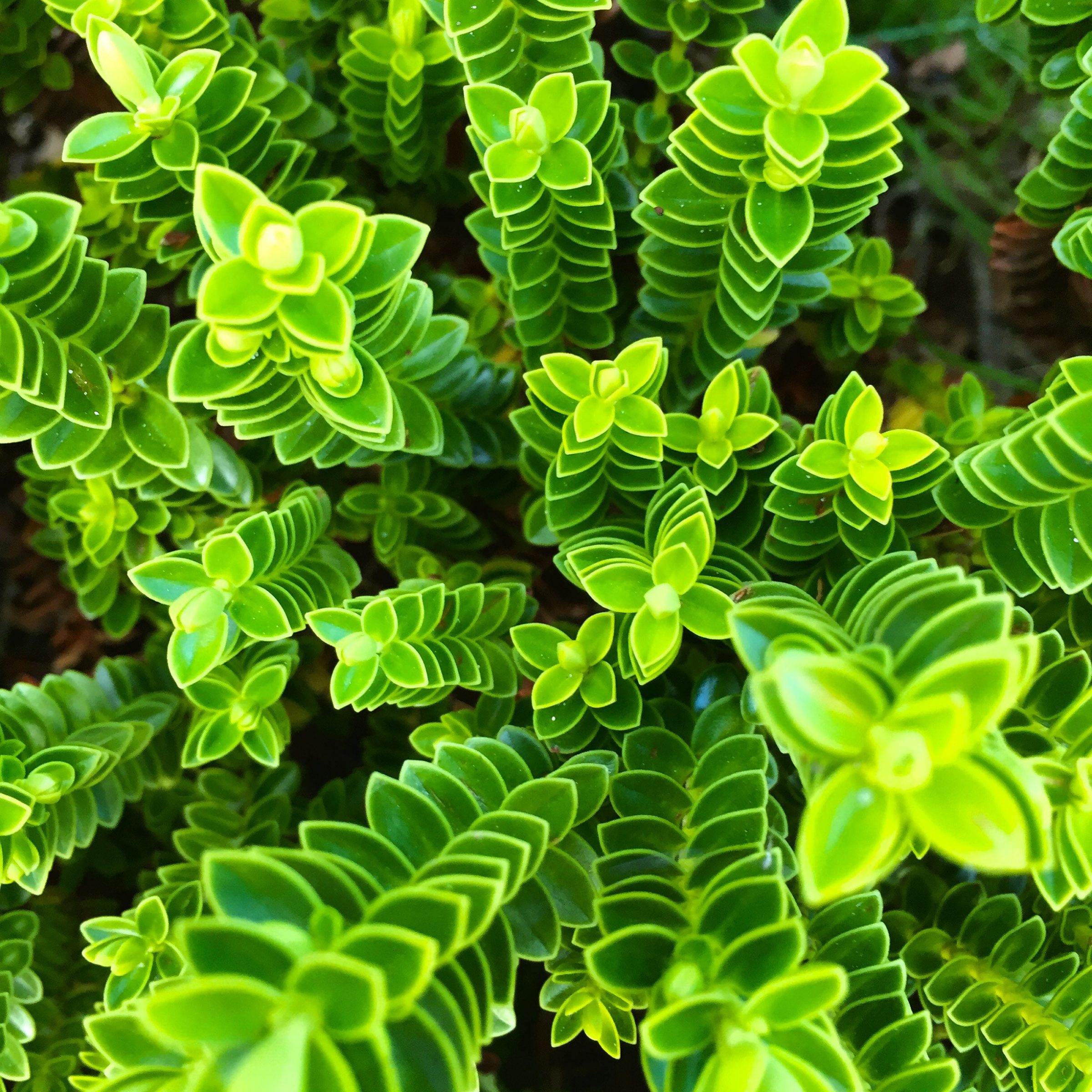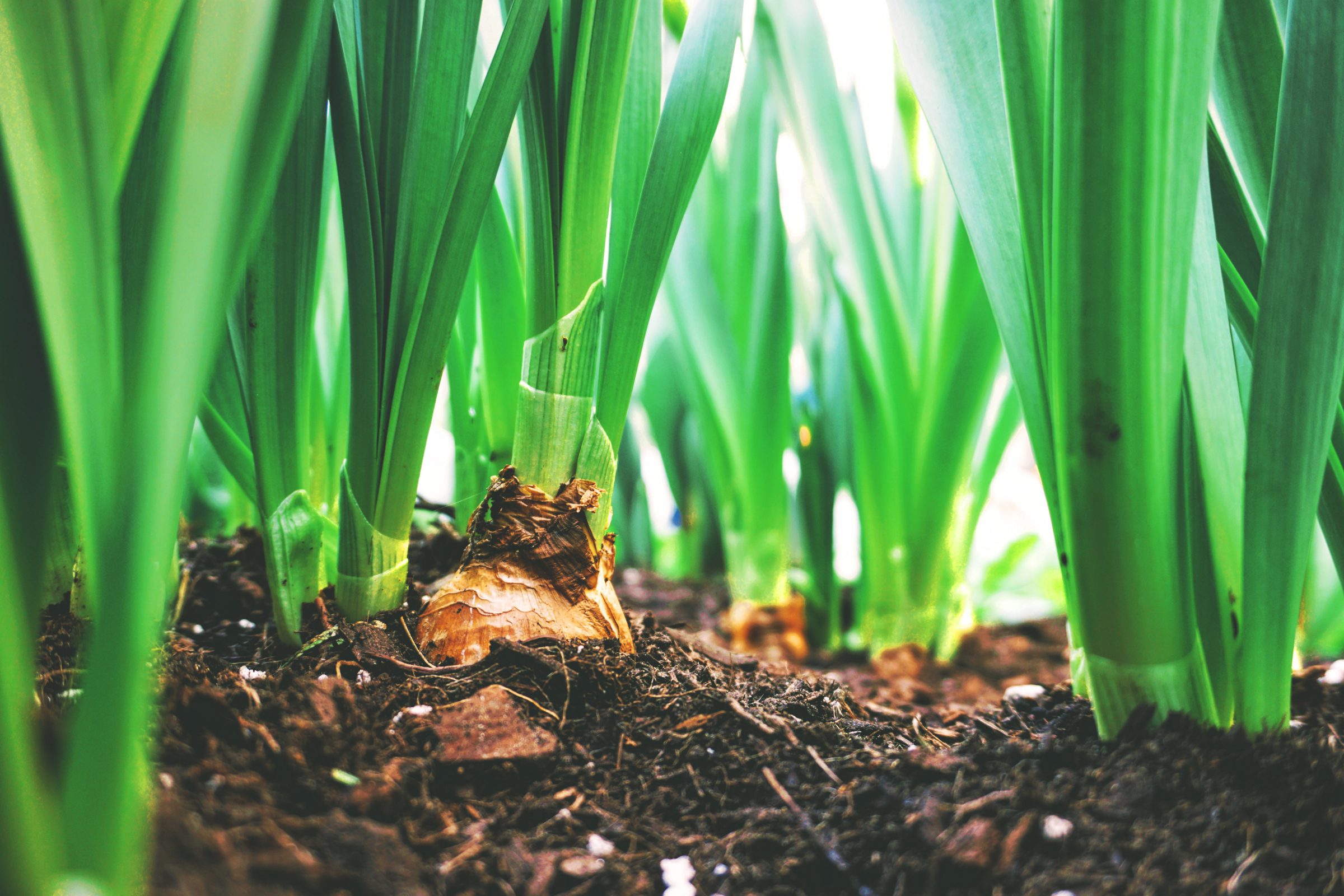After what seems like an eternity of cold weather, the skies have parted and spring has sprung to life! For professional photographers, this means it is time to throw on a long lens and start capturing some fields of floral. We’ve compiled ten of our favorite pro photographer tips to get you shooting. So, dust off your wellies – it’s time to spring into focus!
Pro Tip #1
Patterns, Shapes and Textures – Jeremy Walker
Shooting images in spring is not just about close-ups of flowers and recording colorful landscapes. Look for abstract images, detail shots and scenes with bags of texture. Look beyond the normal and check out the patterns in fresh leaves and petals, shoot shapes and textures and see how the light interacts with the structure of the plants. A macro or close-up lens is an essential tool for this type of work.

Pro Tip #2
Subjects: Flowers, Fields and Birds — Myrah Fernandes
Keep your focus on one subject. For example, when going in for a field full of wildflowers, make sure that you shoot it as a central element. You can use the telephoto end of your lens to compress the entire image and get a densely populated flower region.
You can also use a tripod and a narrow aperture to maximize the depth of field, which will sharpen the flowers. Keep in mind that you get a good mix of shade and light can also add composition to your image. When you are capturing a crop field or a vast region, you’ll want to shoot with a super wide zoom lens to get the full image.
Another trick I like is to add another element to my foreground of background. For example, a building or a broken windmill can be accentuated simply by closing up at a 10 mm or 12 mm focal length on a super wide lens.

Pro Tip #3:
Capture Transformations. — Colin Roberts
Spring is a season of transition and a great time to explore the countryside as trees come into leaf, fields turn green and hedgerows thicken. Many landscapes look their best at this time of year when foliage is fresh and pristine, and the harsh woody outlines of trees become softened by lush spring growth.
Make the most of footpaths and byways to access the more unusual viewpoints, and look beyond embankments and tall hedges to find views that would otherwise be missed. The real atmosphere of spring is often seen at dawn, when a touch of brilliant light shows the landscape awakening – in more ways than one.

Pro Tip #4
Add Flare. — Darlene Hildebrandt
Adding a sun flare intentionally can add a nice mood to your image. It can help make it feel light, airy and bright – like spring. Here is a great how-to on creating the perfect flare for your frame.

Pro Tip #5
Shooting with a reflector — Jeremy Walker
Bright sunlight can often have too contrast, especially with small, fragile and delicate plants. A reflector can bounce soft light back into the subject from the opposite side to where the sun is shining, to lift the shadow detail and reduce the contrast. However, you should do this with a soft white type of reflector and not a silver one, which would be too hard.
Alternatively, if you have a white/semi translucent type of reflector, you could hold it above the subject and effectively cast a soft shadow over the whole subject to reduce contrast, using the reflector like a soft-box in a studio.

Pro Tip #6
Pay Attention to White Balance — Miriam Sherwin
When trying to capture great colors, make sure you adjust your white balance so what you see on your screen matches what you see with your eye! Trying to match a lighter color closely is a great way to gauge the accuracy of your adjustments.
Bonus pro tip: use a polarizing filter to capture all the great colors for those springtime landscape shots.

Pro Tip #7
Sunrise, Sunset. — Mark Anderson
Take advantage of the sunrise now that the days are getting longer. The air is cleaner at sunrise, and at this time of year when day and night temperatures can vary a lot, the colors will photograph very differently early in the morning than they will late in the afternoon.
Fog and mist can also be an extra bonus. Try getting up high—the tops of hills or mountains are perfect, as they give you great views over valleys which may hold early morning mist and fog like a bowl.
A polarizer can also help here, and also remember that fog acts like a softbox and can lower the contrast of your surroundings which can leave you with rather long exposure times, so take a tripod if you have one. Your camera may also have a few exposure problems and as a result, you’ll have to use exposure compensation to rectify this. If your skies end up looking a little washed out, try fitting a neutral density grey graduated filter on your lens.

Pro Tip #8
Be Quarky! — Jeremy Walker
Try to avoid shooting everything at eye-level, looking down on your subject. Instead, look for quirky and odd alternatives. Directly overhead is a good starting point, or try a worm’s-eye view. For every angle you shoot from, think of the opposite point of view.
If your camera has a tilting, rotating LCD screen, it is easy to place your camera on the ground and point the screen up so that you are still able to see the image. Autofocus and a cable or remote release are essential for this approach.

Pro Tip #9
Capture Movement. — Attila Kun
If you are working with moving water you can create a stunning white water effect by choosing a long exposure.
One way to do this is by using TV or S (Shutter-Priority) mode and choosing an exposure of 2 seconds or longer. You can also use AV (Aperture-Priority) mode and choose a small aperture like f/32 (which generally requires more light).
If working with bright daylight you must use an ND filter to reduce the amount of light hitting the camera, and this way the camera will allow you to have a longer shutter time. You must always use a tripod for this kind of shot so that the rest of your image remains sharp.

Pro Tip #10
Keep an open mind. — Mark Littlejohn
Early light in springtime with all the new growth can be a magical experience. Don’t just think about the one ‘big’ shot. Keep an open mind and look all around you. It might be that it’s the first light hitting a stand of silver birch behind you that’s the shot of the day. By keeping an open mind about what you want to shoot, it opens your mind to the beauty all around you.


